Meet the animals with an amazing sixth sense
by Scott Dutfield · 16/08/2020
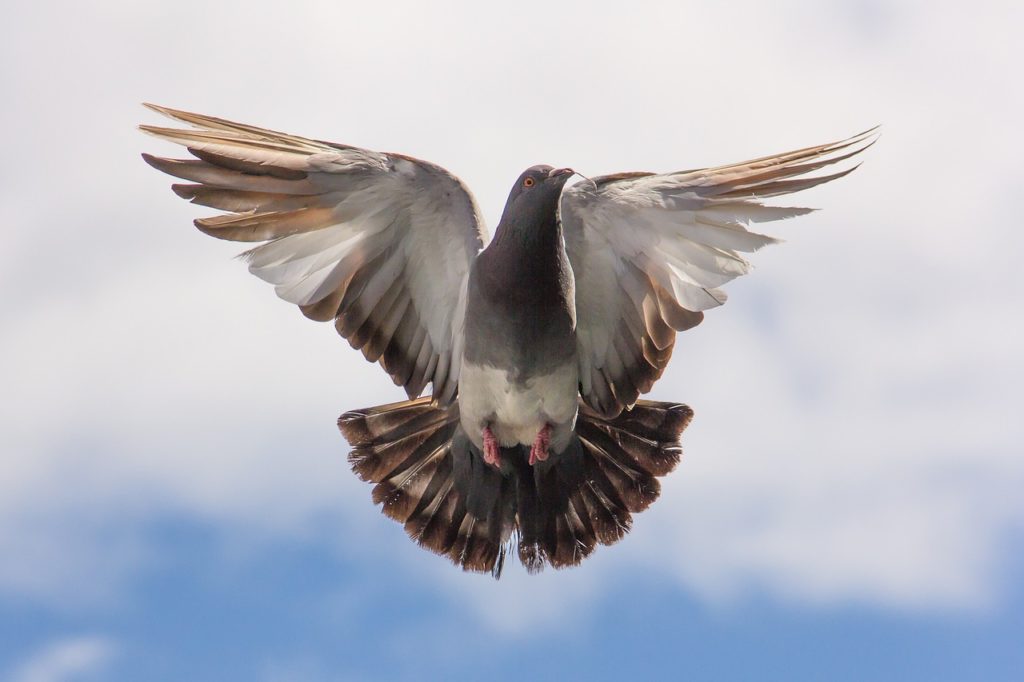
A huge array of animals are able to see wavelengths of light that are invisible
to our human eyes. One of these is ultraviolet (UV) light – part of the electromagnetic spectrum that we simply can’t see. Some species of fish, insects, birds and plenty of mammals such as caribou and even humble cats and dogs are able to see UV light.
Caribou (also known as reindeer) rely on their UV sight during their yearly migrations across the frozen tundra. This sense enables them to sniff out lichens, their major source of food on their long journey, as well as distinguish the urine of predators against the white snow. The urine is UV-absorbent while the snow is UV-reflective, giving reindeer the best chance of avoiding a tussle with hungry animal hunters.
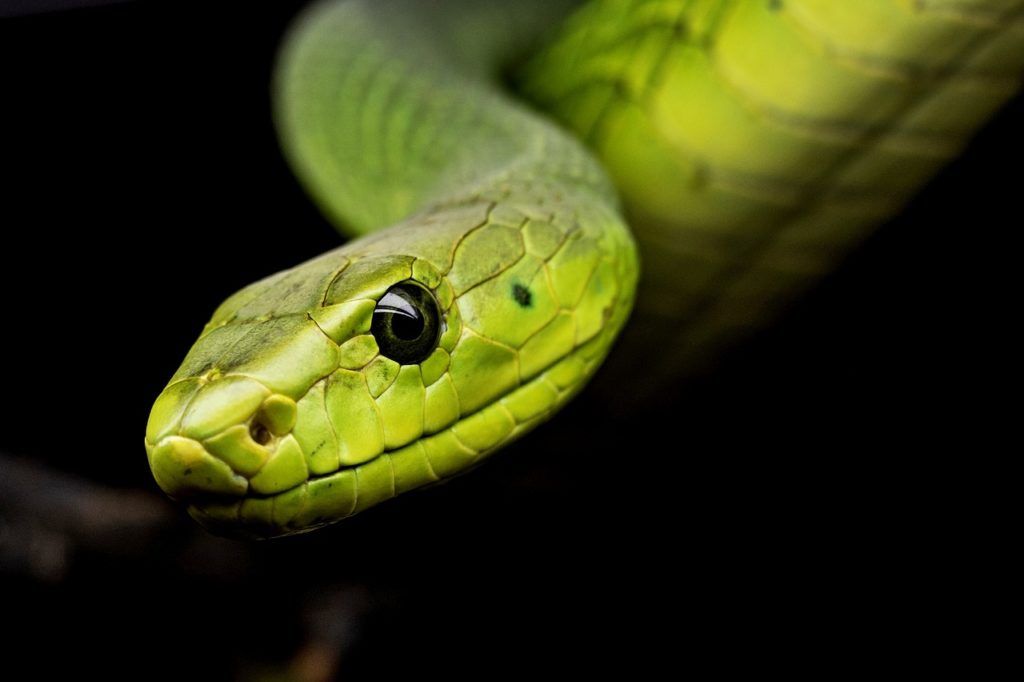
Infrared: Some amazing animals can
see the heat emitted from
their prey’s body
The infrared section of the electromagnetic spectrum is invisible to us, but animals such many snakes, vampire bats and some insects are able to see infrared light. Snakes use infrared radiation from the bodies of their warm-blooded prey to see a ‘heat map’, enabling them to hunt in any conditions, light or dark.
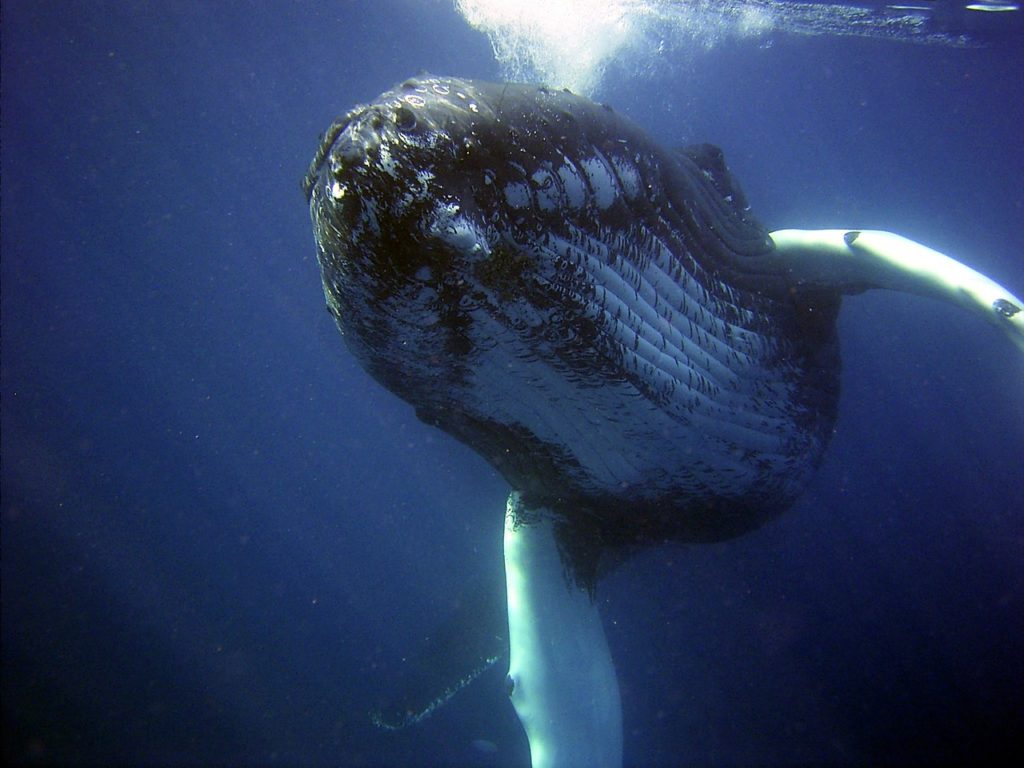
In-built compass: These animals can find their way home, without even
knowing the way
This amazing super sense is used for direction – animals such as humpback whales, pigeons and salmon are thought to use this to find their way home on their epic migrations. In the case of the humpback, magnetite in their bodies allows them to follow magnetic bands on the ocean floor – like a built-in compass.
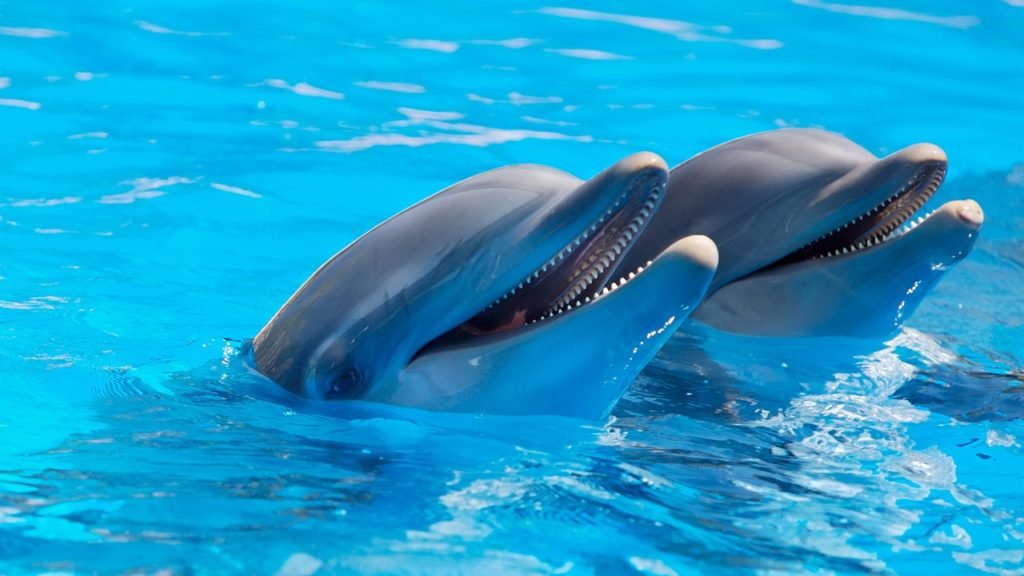
Natural radar: Dolphins use sound via
echolocation to navigate their environment
Dolphins, whales and even bats use this amazing sense to both navigate and hunt. It involves sending out a sound and then analysing the sound waves that return having bounced off nearby objects. It’s thought that this sense may provide the animals with a three-dimensional view of the world around them.
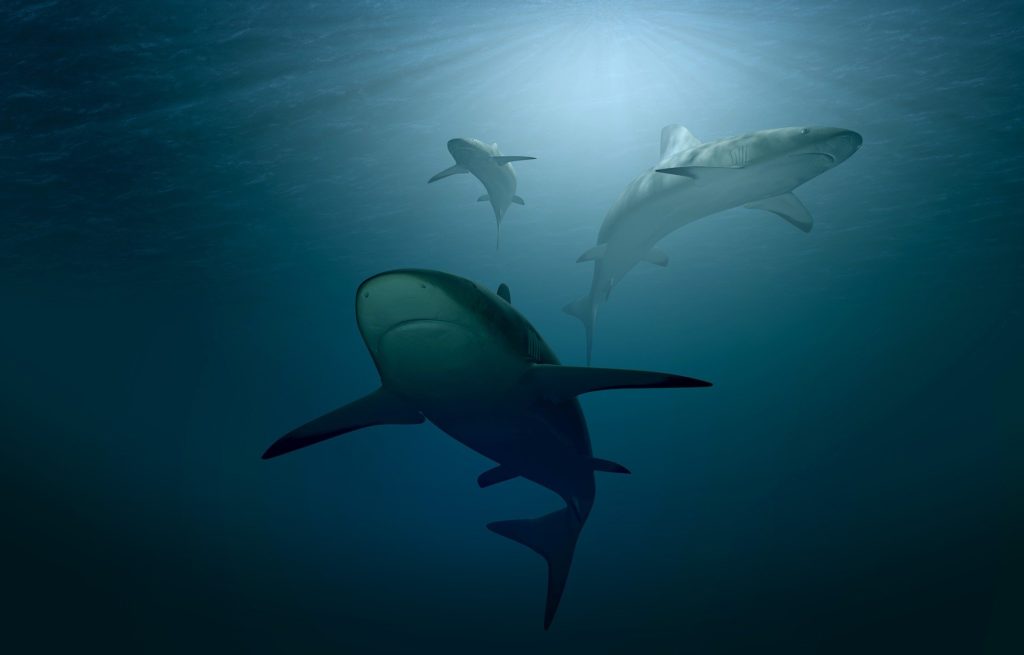
Sensing electricity: Some critters can detect the tiny electrical currents that run through nature
Electroreception is the ability to sense natural electrical signals, exhibited by animals such as sharks and the duck-billed platypus. Sharks have amazing organs called ampullae of Lorenzini that enable them to sense prey moving in the water. Platypuses have similar pores in their bills that aid them when swimming in the dark.
This article was originally published in How It Works issue 125, written by Ella Carter Sutton
For more science and technology articles, pick up the latest copy of How It Works from all good retailers or from our website now. If you have a tablet or smartphone, you can also download the digital version onto your iOS or Android device. To make sure you never miss an issue of How It Works magazine, subscribe today!





